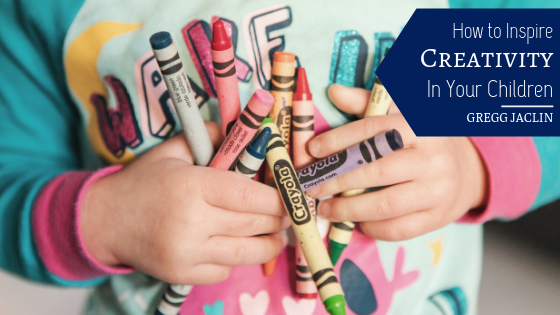When you think of creativity, you may think of painting or drawing or some other type of artistic expression. These pursuits are certainly derived from creativity, but there are more applications of creative thought than art. Developing a new surgical technique, a new product, or even building a new business all require a high degree of creativity. It may surprise you to know that some of the greatest minds in history were also accomplished artists or musicians of some kind. The truth is, creativity is necessary in all walks of life and every endeavor, so it is an important skill to foster in your children. Here are three ways to foster creativity in your kids.
Give them plenty of free time
When parents have jam-packed, busy schedules, their children often experience the same thing. Filling your child’s life with planned and scheduled activities may actually hinder them from developing their creativity. Creativity is more of a thought process than anything else, and the brain often works best when it is unencumbered by an excess of structured activity.
Cut down on screen time
While you can use electronics to create, kids usually use them to be entertained, rather than to create their own entertainment. Pens, pencils, paper, blocks, or even office supplies like paper clips and highlighters all make great tools your kids can use to create their own masterpieces. If trying to part them from their digital devices is more trouble than it is worth, however, try and encourage them to use different programs to create their own fun rather than just mindlessly watching something. You can encourage them to create and edit a video, use a graphic design program to enhance a photo, use a tablet and stylus to draw, or create unique poetry.
Be supportive of their creations
At this stage, it’s important not to critique their work, but just simply praise them for engaging in it. You may not always understand what they are doing or creating, but that’s okay. The important thing is that they are learning how to engage their own imagination and express it in their own way. Over time, they will build their ability to express their creativity in ways that others can see, understand, and appreciate. For now, the only goal is to simply get them to connect with their creativity.

